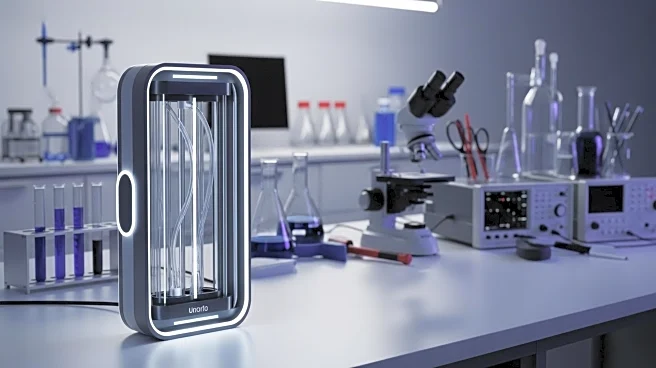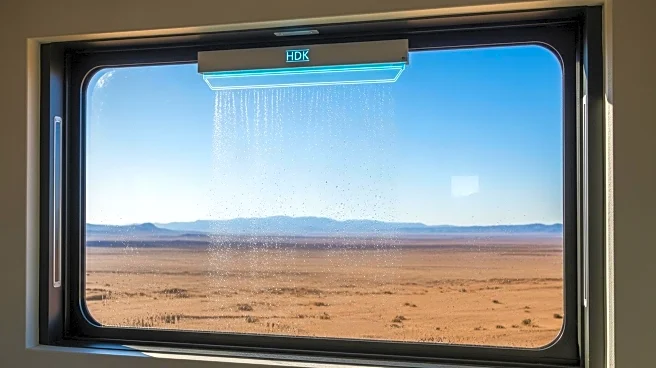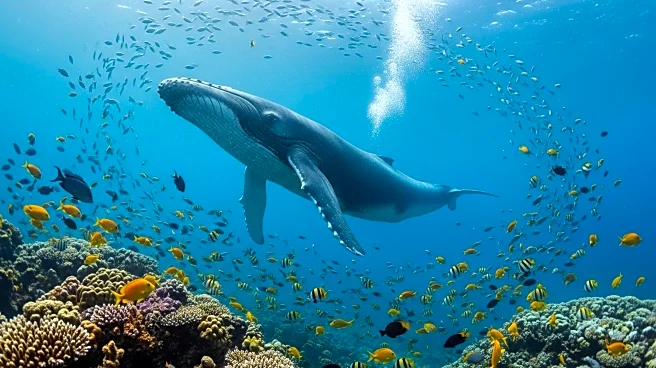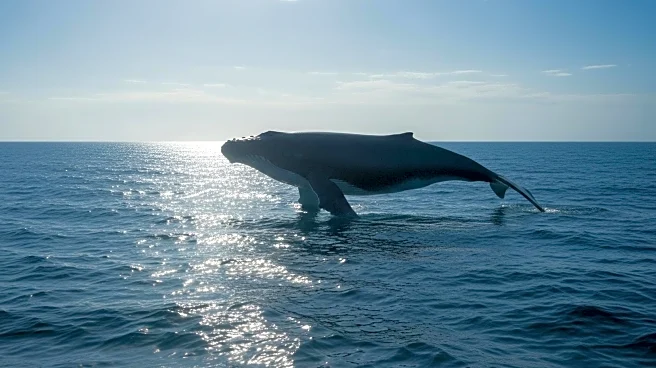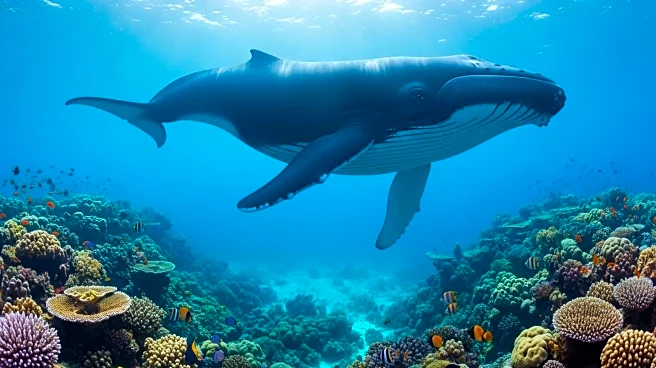What's Happening?
Engineers at the Massachusetts Institute of Technology (MIT), led by Professor Xuanhe Zhao, have developed an innovative atmospheric water harvesting window (AWHW) designed to produce clean drinking water in resource-limited conditions. This device, which requires only sunlight to operate, uses a hydrogel material sandwiched between glass sheets to absorb water vapor overnight and release it as drinkable water during the day. Tested in Death Valley, the driest region in North America, the AWHW demonstrated effectiveness even in low-humidity conditions, producing up to 160 milliliters of water per day. The hydrogel's design, inspired by origami, maximizes efficiency by swelling and shrinking to absorb and release water.
Why It's Important?
The development of the AWHW is significant as it addresses the pressing issue of global water scarcity, which affects over 2 billion people worldwide. By harnessing atmospheric water, the device offers a sustainable solution for providing potable water in remote and arid regions, where traditional water sources are scarce. The self-sustaining nature of the AWHW, requiring no electricity, makes it particularly suitable for off-grid communities, enhancing water security and potentially saving lives. This innovation could play a crucial role in mitigating the impacts of climate change and population growth on water resources.
What's Next?
The MIT team plans to improve the efficiency of the AWHW to produce enough water for entire households, even in desert climates. They are developing arrays of panels to amplify water capture and intend to test the device in various locations, including Morocco and Singapore. The next steps involve scaling up manufacturing to make the technology affordable and accessible to those in need. The team aims to raise awareness about the device's potential to provide life-saving drinking water in resource-limited areas.

